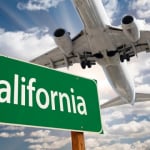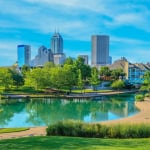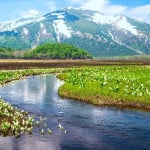Station Name: Shinjuku Station
Address: 3 Chome, Shinjuku, Shinjuku City, Tokyo, Japan
Official & Related Site:https://www.jreast.co.jp/estation/station/info.aspx?StationCd=866
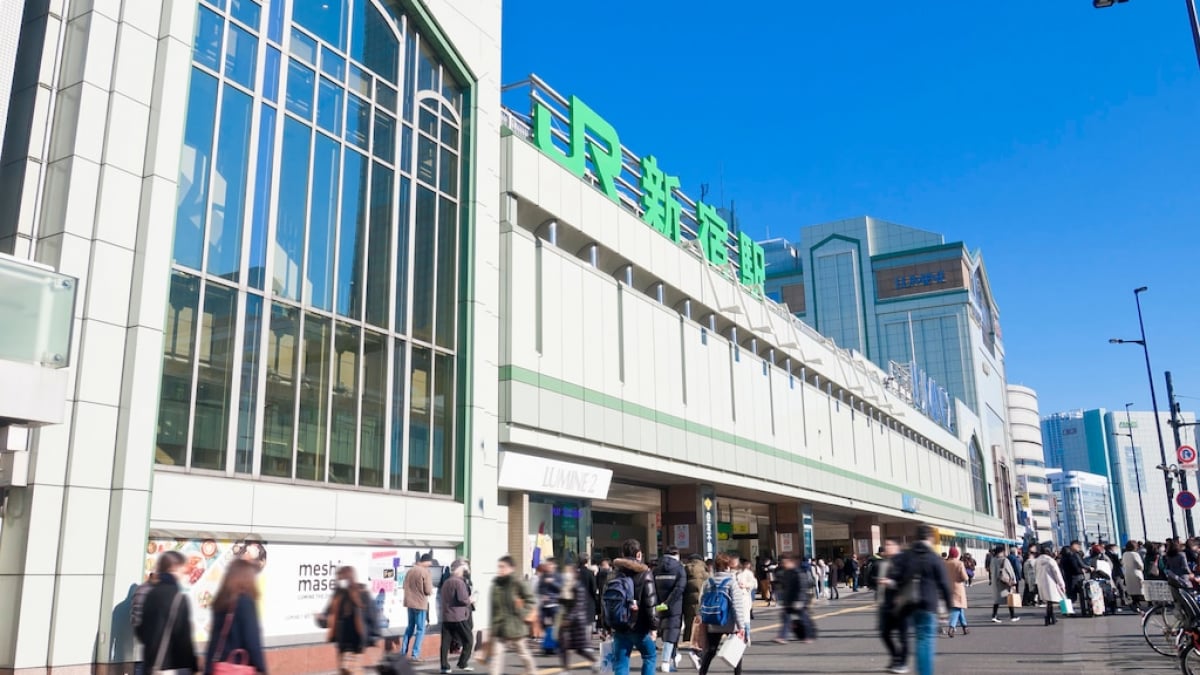
Shinjuku Station: The Giant Maze! Which Exit is Best for Your Destination?
Shinjuku Station is one of Tokyo’s most iconic mega-terminal stations, known for its complex structure and overwhelming size. It serves five major railway operators: JR East, Keio Electric Railway, Odakyu Electric Railway, Tokyo Metro, and the Tokyo Metropolitan Bureau of Transportation. With an incredible 64 exits, even frequent visitors can find themselves lost—earning it the nickname "The Giant Maze."
For first-time visitors, navigating Shinjuku Station can feel like a challenge, but don’t worry! In this guide, we’ll introduce the must-know exits that will help you reach your destination smoothly. Whether you’re heading to famous tourist attractions, shopping districts, or business areas, knowing the right exit is key to a stress-free experience!
table of contents
[x] close
Shinjuku Station: The Giant Maze! Which Exit is Best for Your Destination?
- 1. Understanding the Three Main Exits of Shinjuku Station!
- 2. Lively Downtown Hub: The East Exit Area of Shinjuku
- 3. West Exit Area: A Cluster of Skyscrapers Including the Tokyo Metropolitan Government Building
- 4. If You're Heading to Busta Shinjuku, Go to the "South Exit Area"
- ◎ If You Get Lost in Shinjuku Station
1. Understanding the Three Main Exits of Shinjuku Station!

As mentioned earlier, Shinjuku Station is served by five railway companies and is a major hub for highway buses and numerous local bus routes. While this makes it a highly convenient transportation hub, memorizing all the details can be overwhelming. When using Shinjuku Station, it’s best to research in advance which exit is closest to your destination.
Additionally, familiarizing yourself with the three main exits and their surrounding areas will make your navigation much easier. Let’s take a closer look at these key exits and their distinct features!
2. Lively Downtown Hub: The East Exit Area of Shinjuku
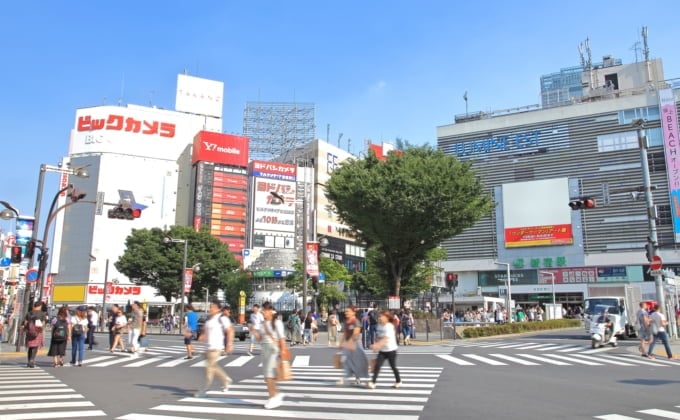
First, let us introduce you to the East Exit Area, the gateway to Kabukicho, Tokyo’s most famous entertainment district. Located on the B1 floor of Shinjuku Station’s East Exit, you’ll find the JR East Exit Gate and the JR Central East Exit Gate, making it the most convenient access point for those transferring to the Tokyo Metro. While the entire Shinjuku area is bustling, the East Exit Area is particularly vibrant, drawing in locals and tourists alike.
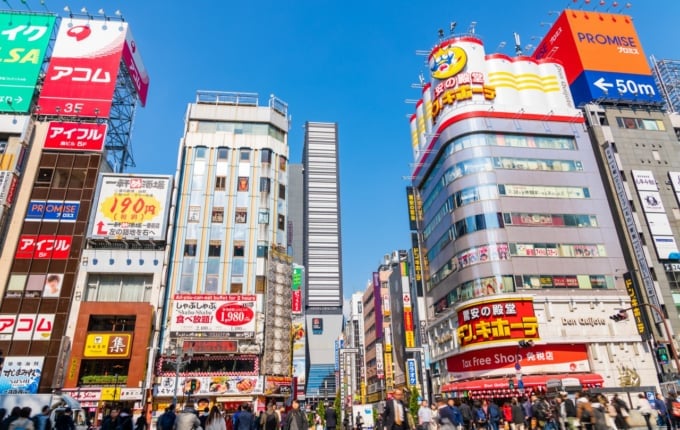
Kabukicho remains lively from morning until late at night, almost like a festival every day. First-time visitors to Shinjuku might be surprised by the sheer number of people. While Kabukicho once had a reputation for being a little unsafe, the city has implemented strict patrols and police surveillance, significantly improving security over the years.
With these efforts, the area's safety has improved, and the number of tourists continues to rise. Attractions like the Shinjuku Toho Building, famous for its Godzilla monument, and a wide range of restaurants make it a must-visit spot for travelers.
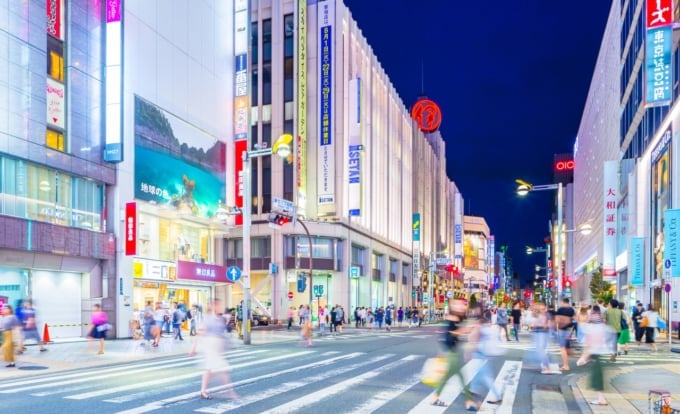
Additionally, the East Exit Area is home to shopping hotspots like Isetan Shinjuku and Bicqlo (a collaboration between Bic Camera and Uniqlo), making it an excellent destination for shopping. If you're looking for a break from the urban energy, Shinjuku Gyoen National Garden, a serene oasis in the city, is also nearby. On a sunny day, take a stroll and escape the hustle and bustle of Tokyo for a while.
3. West Exit Area: A Cluster of Skyscrapers Including the Tokyo Metropolitan Government Building
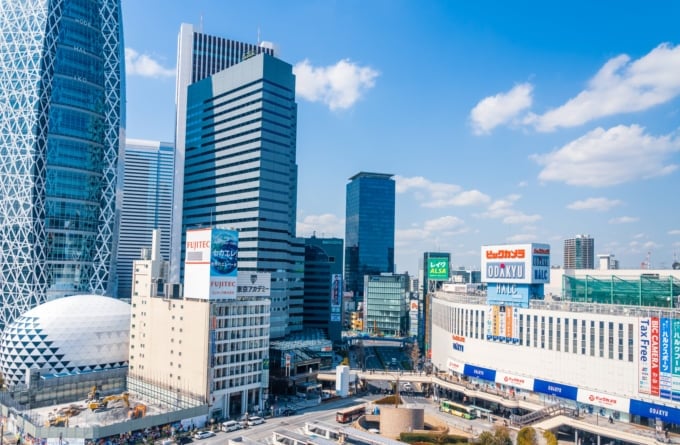
Next, we introduce the West Exit Area, home to a cluster of towering skyscrapers. Beneath Shinjuku Station’s West Exit, you’ll find JR lines' West Exit Gate and Central West Exit Gate. The West Exit is the most convenient access point for transfers to the Keio Line, Odakyu Line, and Toei Oedo Line (Shinjuku-Nishiguchi Station). After exiting the gate, simply take the stairs next to the Odakyu AZUR shop to step into the West Exit Area.
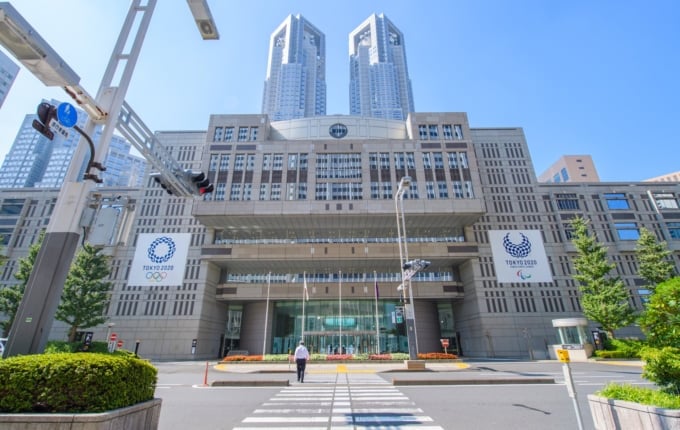
The West Exit Area features a lineup of impressive buildings, including the Tokyo Metropolitan Government Building and luxury hotels such as the Keio Plaza Hotel. While tourist attractions here are relatively few, the observation deck of the Tokyo Metropolitan Government Building offers a must-visit panoramic view. Entry is completely free, and on clear days, you can see Mount Fuji in the distance. At night, the cityscape transforms into a dazzling sea of lights, making this a popular date spot for enjoying a romantic Tokyo skyline.
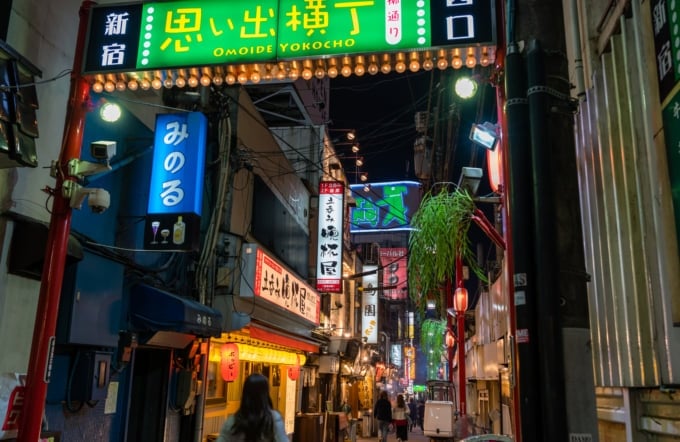
In contrast to the modern skyscrapers, the Shinjuku Nishiguchi Omoide Yokocho offers a completely different atmosphere. This nostalgic alleyway is lined with small, retro-style eateries, evoking the charm of Japan’s Showa era. It’s the perfect place to experience old-school Tokyo, with many cozy spots ideal for solo travelers looking to enjoy a casual drink.
4. If You're Heading to Busta Shinjuku, Go to the "South Exit Area"

The "South Exit Area" has undergone rapid development in recent years. This area is especially convenient for transferring to the Odakyu Line, Keio Line, and Toei Subway Line. Unlike the West Exit and East Exit, the South Exit has multiple JR ticket gates located at ground level. These include the "South Exit Gate" and "Southeast Exit Gate" near the East Exit, as well as the "Koshu-Kaido Gate," "Miraina Tower Gate," and "Shin-Minami Gate", which are situated across Koshu-Kaido Avenue.
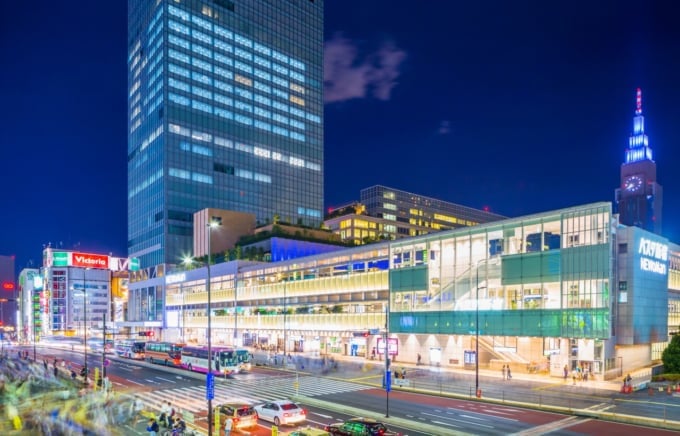
Busta Shinjuku, the largest highway bus terminal in Tokyo, is located in the South Exit Area. If you're using the JR Line, you can easily reach Busta Shinjuku by exiting from the "Koshu-Kaido Gate," "Miraina Tower Gate," or "Shin-Minami Gate." If you exit from the "South Exit Gate" or "Southeast Exit Gate," simply cross the pedestrian crosswalk over Koshu-Kaido Avenue to reach the terminal.

The South Exit Area is also home to LUMINE, Takashimaya Shinjuku, and Tokyu Hands, offering a variety of shopping and entertainment options. Compared to the bustling Kabukicho district near the East Exit, the South Exit Area has a more relaxed and sophisticated atmosphere. If you need a break from the crowds, you’ll find trendy cafés scattered throughout the area—perfect for a moment of relaxation.
◎ If You Get Lost in Shinjuku Station
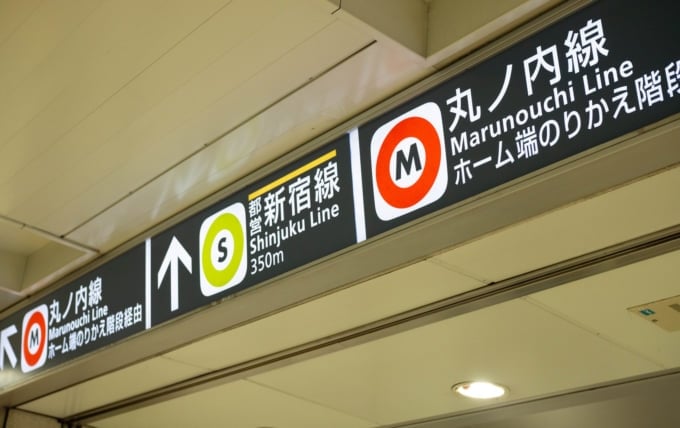
Shinjuku Station is so vast that it’s easy to lose your sense of direction once you step inside. But don’t worry! Just look up, and you’ll see clear directional signs with arrows pointing toward each exit and transfer area. If you find yourself lost, checking these signs can help you navigate your way. Additionally, since Shinjuku Station is often compared to a giant maze, you’re not alone—many travelers face the same challenge. If you're unsure where to go, don’t hesitate to ask a station staff member for assistance. They’re there to help!
RELATED ARTICLES
REGIONS
CATEGORIES
FEATURED ON Tokyo
-
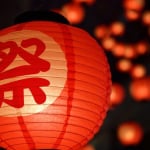
4 Selected Festivals in the Nakano Area! Let’s Go to the Hikawa Shrine Grand Festival!
-
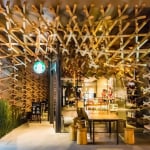
Top 10 Stylish Starbucks Stores in Japan – Scenic Views & Beautiful Designs!
-
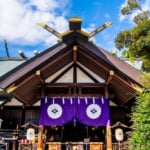
God of matchmaking! Let’s pray for success in love at Tokyo Daijingu, a powerful spiritual spot
-

World’s most climbed mountain! A sightseeing guide to Mt. Takao, easily accessible from Tokyo!
-

3 recommended hotels on Chichijima in the Ogasawara Islands! Relax in the Bonin Blue!
MOST POPULAR ON Tokyo
-
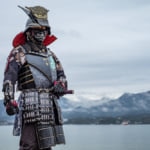 1
1The Top 7 Places in Tokyo for Samurai Fans
-
 2
2The Exotic Wildlife You Can See While Visiting Brazil’s Amazon Rainforest
-
 3
3How to See the Hot Spring Bathing Snow Monkeys in Japan
-
 4
47 Incredible Infinity Pools in Asia You Need to Check Out
-
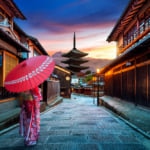 5
510 Things You Should Do When Visiting a Shrine or Temple in Japan


